For French artist, Cédric Surmin, recycling represents more than a process to reuse materials; it is also how he does his art. Applying the concept of ‘new from old’, the 39-year old fabricates breathtaking sculptures from metal waste. His work, which also has a whimsical side, was recognized with its very own spot in the athletes village at this year’s Olympic Games in Paris.
The welding artist, better known under his alias ‘Shoodrik’, was commissioned by the Fédération Française de Cyclisme (FFC, the French Cycling Federation), to design a monumental artwork in the athletes village in Saint-Denis. The village is where all the athletes taking part in the Olympic and Paralympic Games stay throughout the event. Inspired by the theme of cycling, Shoodrik chose to create a 2.3 meter high sculpture made of old bicycles that he painstakingly welded together from 12,000 individual parts. Following the close of the Paralympic Games on September 8, 2024, the sculpture was moved from the athletes village to the Vélodrome National, the home of the French Cycling Federation, where it now adorns the entrance hall.
Derusting and cleaning thousands of individual parts
“Creating a sculpture that would stand in the Olympic Village in Paris really was an incredible opportunity. I worked like mad for six weeks, doing 15 hour days seven days a week, to get the work finished in time,” recalls the French artist. The scale of the task becomes clear when he recounts that no less than a million parts had to be derusted and cleaned before he could even think about starting on the welding.
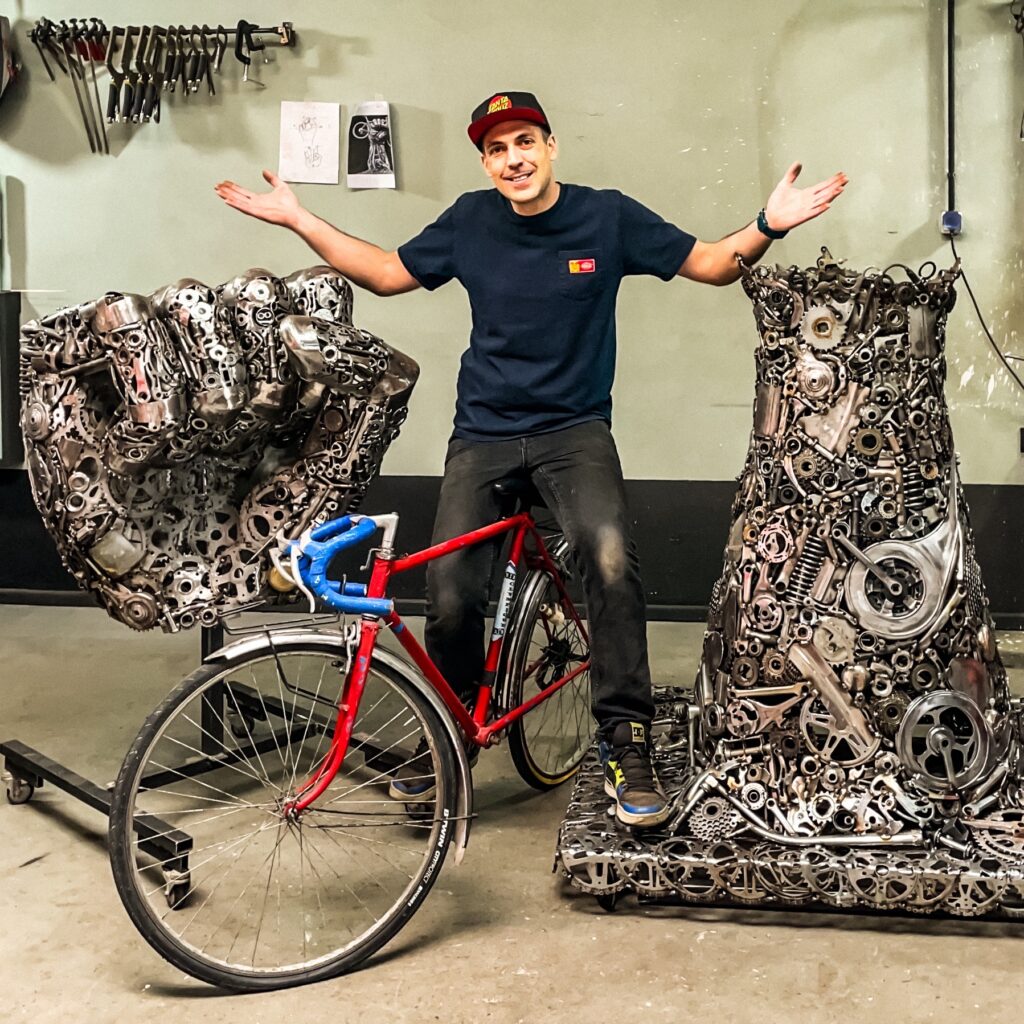
“What made it difficult was all the cleaning and prepping of the individual pieces; this was where most of the work lay,” he continues. “For myself, I don’t find building the sculpture difficult: I can gage the proportions OK and imagine where each piece should go. That’s something innate in me, going back to childhood.”
Ecological response to local environmental pollution
However, his affinity with bicycles goes much deeper than the commission from the FFC. The 39-year old lives on the Île de Ré on the west coast of France, near to La Rochelle. The Isle of Ré is known as ‘the island of bicycles’: there are more cycles than there are inhabitants, which has led to a big disposal problem. “My art is an ecological response to this local problem,” explains the artist, and is why he welcomes the donation of rusting cycle parts for his welding projects.
The raw materials for his Paris sculpture include pedals, cycle frames, brake parts, hubs, and much more. The parts come from the island penitentiary where Shoodrik’s partner Coralie Morel leads an organization called ‘Icycle’ and runs a project with the prisoners to repurpose bicycles.
“There could be no more apt way to promote the circular economy and recycling than through this cooperation with the FFC,” he muses with satisfaction. But, the 2.3 meter high totem is intended as much more than just a symbol of sustainability. “I also wanted to represent the perseverance and resilience of cyclists themselves,” emphasizes Shoodrik.
Striking out afresh
That’s partly because Surmin knows what it’s like to have to persevere and recruit the will to succeed. He launched his career as a full-time welding artist in 2016 without having ever had any formal welding training. Prior to that he repaired bicycles and ran a bike hire business. “Going into welding was not a big jump to make as most cycle parts are made of steel, which meant I felt an immediate affinity with the material,” adds Shoodrik explaining why he chose this art form. “Not only that, the sky’s the limit when it comes to metal art––the only limitation is your own imagination.”
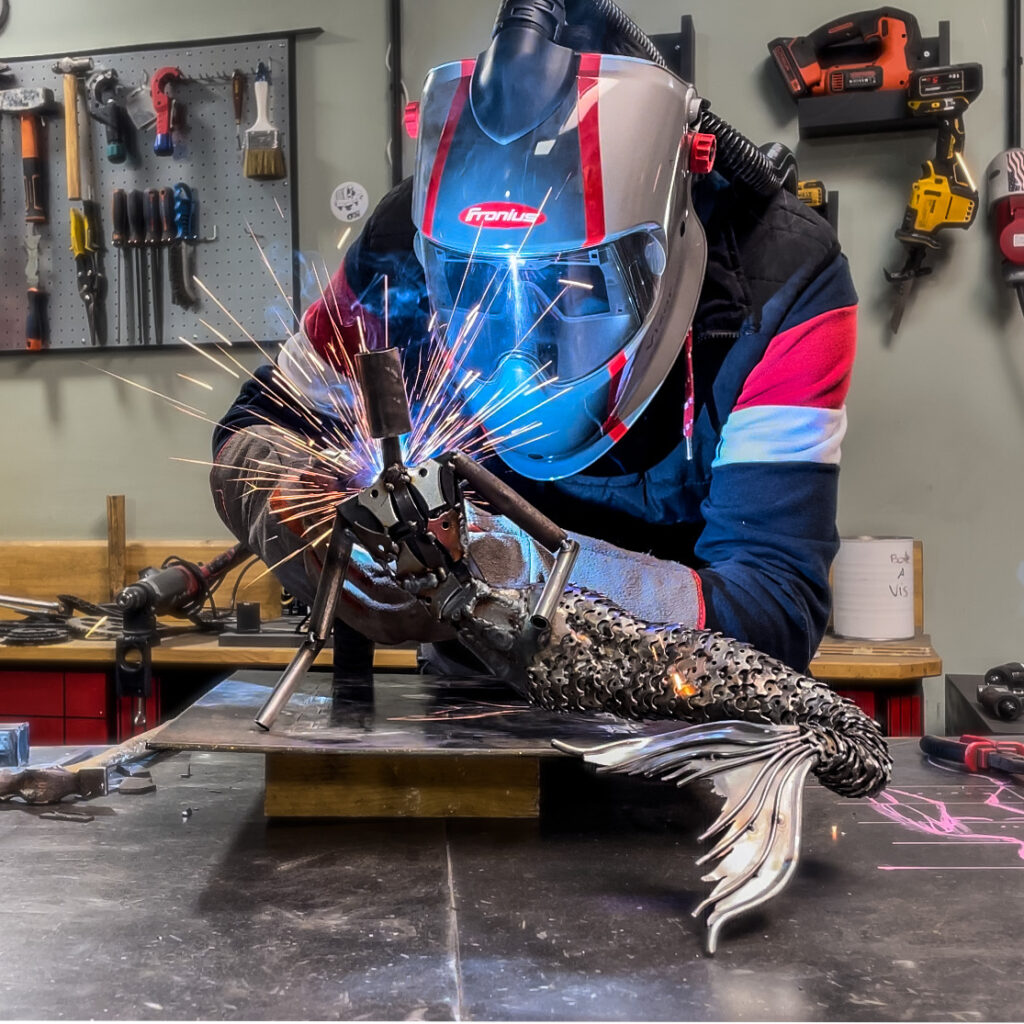
So, he bought the equipment he needed and took the plunge to go it alone. Surmin devised his artist’s moniker based on the Portuguese pronunciation of his first name: “Half of my family is Portuguese, Shoodrik is simply how one side of my family pronounces my first name, Cédric. I have just changed the spelling a little,” he explains.
These days, he works up to 75 hours a week in his own studio that serves as a workshop, storage area, and a gallery where his work is available for sale. “My studio is right next to one of the most beautiful bathing and surfing beaches on the island. Occasionally, I’ll take some time out and hit the beach with my surfboard,” recounts the welding artist.
Setbacks all par for the course
Shoodrik has an important tip for all those interested in expressing their artistic side through welding: don’t be put off if you don’t get the results you wanted first time. “You’re not thinking about resistance or penetration when you’re welding a piece of art; what’s most important is that it looks good.”
Having said that, as in all other fields of welding, it is important that the joins are stable enough to last, potentially over decades. To achieve this, the artist uses a welding machine from Fronius to create his work. He uses the iWave 230i for TIG welding and the TransSteel 3000 Pulse for MIG/MAG welding. “The extensive range of functions allows me to produce non-standard joins, such as 5-mm steel to copper or brass. Because I also work with TIG a lot, the iWave 230i along with the Bluetooth pedal gives me maximum freedom. Not to mention the fact that the red goes perfectly with the color scheme in my workshop!” laughs Surmin.
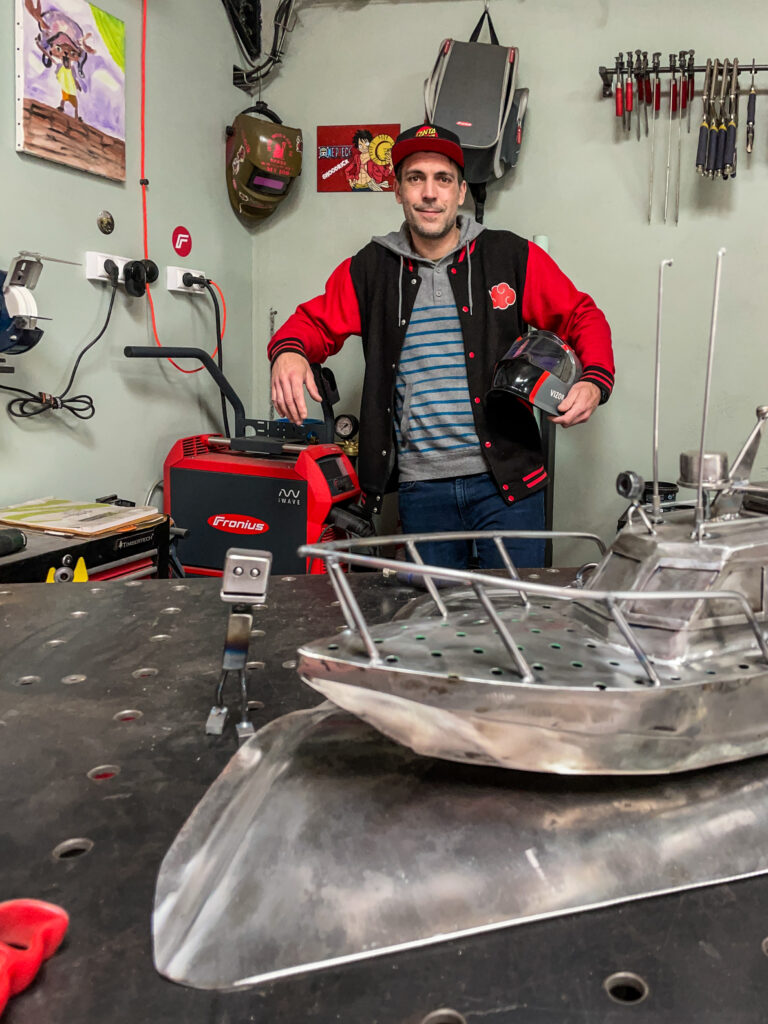
Robot Pinocchio: The next large project on the horizon
The artist also welded his metal sculpture for the Olympic Games using a Fronius iWave. “I have been working closely with Fronius France for some time, which for my part is down to the truly impressive quality of the products,” the artist emphasizes. Surmin has been using welding machines from Fronius for a number of years now. When the subsidiary spotted his work on his social media channels, they were full of enthusiasm about what he was doing and offered him a cooperation.
“My next big project will also be in partnership with Fronius,” reports Surmin. They are planning a modern, industrial take on Pinocchio: ‘Geppetto of the Modern Time’ is a collaborative short film by Fronius France and production firm Ludens Production.
In the film, Geppetto creates a robot Pinocchio from recycled metal and brings him to life. Shoodrik has already been working on ideas for the project in his workshop for several months. He molded a head in clay to act as a model for the metal head to be created from nuts and bolts, not forgetting Pinocchio’s characteristic long nose, of course!
Shoodrik’s dream for the future
The project is a fulfillment of a long-held dream of Shoodrik’s: “My main goal is to add more content to my YouTube channel in order to land more jobs like the Pinocchio film project,” he reveals, sharing his ambitions. “Welding is a highly visual craft and is ideally suited to the creation of short films.”
He will also be attending the opening of a new training center for welding specialists in Brittany on December 12. One of his sculptures is always on permanent display at the center, either in the grounds or in the entrance hall.
Despite a flood of orders, he remains true to his core values grounded in practicing a more sustainable way of doing art. For that reason, Surmin is as keen as ever to gather rusted bicycle parts on the Île de Ré that he can then weld into impressive metal sculptures.
 Perfect Welding Blog
Perfect Welding Blog
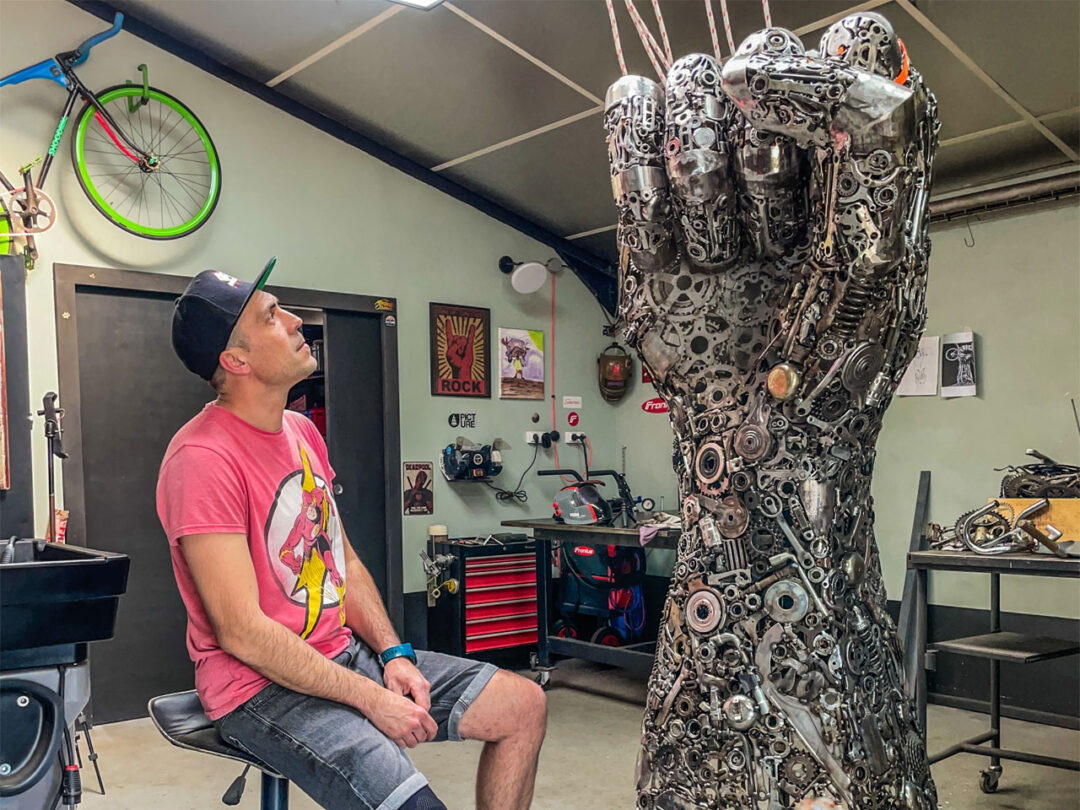
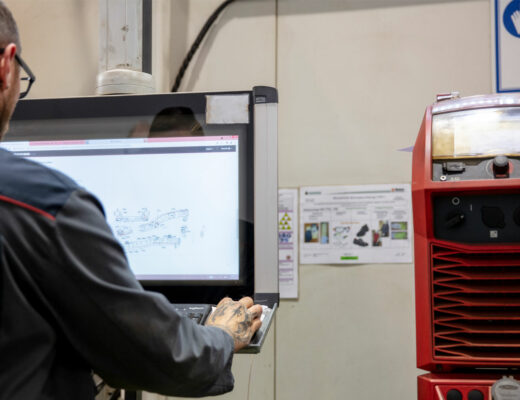

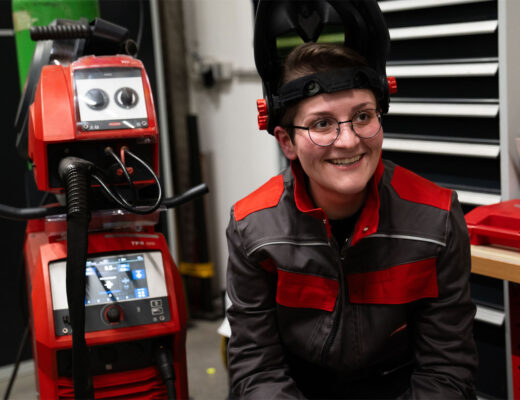
No Comments